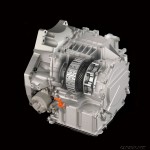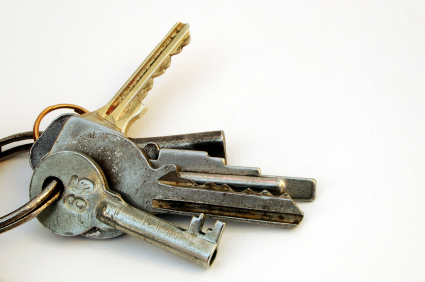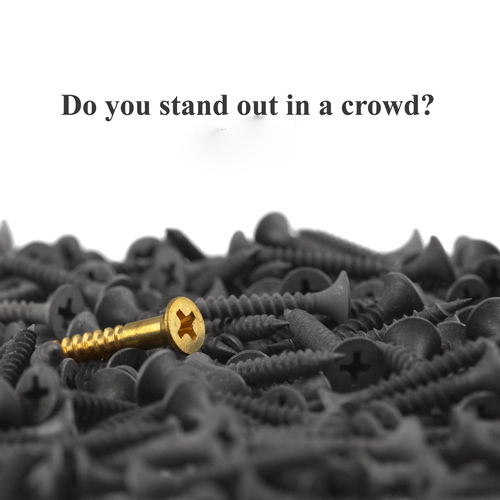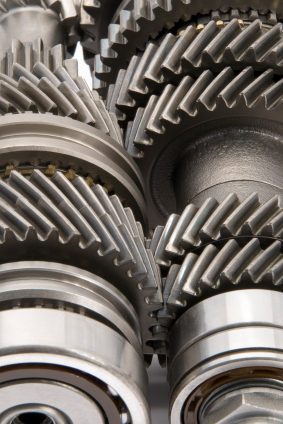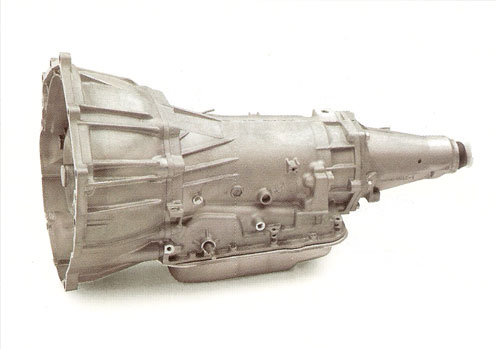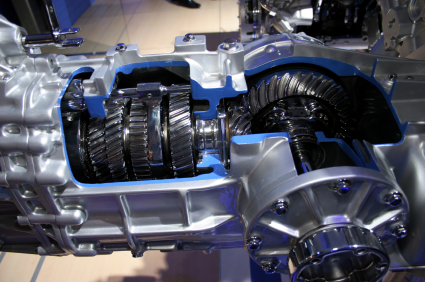… on 4th Gen TR4’s (and prior) With “Non-Sealed” Toyota Transmissions.

Thinking About Flushing Out Your Toyota Transmissions?
This DIY guide is designed for the 4Runner owner that has at least minimal mechanical skills, and who wishes to save at least a few hundred dollars over what most foreign auto repair shops, transmission shops and Toyota dealers charge for the same service. It is only applicable to those vehicles that don’t have “sealed” transmissions; i.e.: those with dipsticks for checking the transmission fluid. It is written with the ‘at home’ garage mechanic in mind, the one who needs true step-by-step instructions.
The following instructions assume you’ve already been to the ‘quality’ parts store and have everything you need to perform the task at hand. You may need more than a case of fluid, depending on how nasty the stuff is in your transmission. Many repair facilities say they use up to 18 quarts for a complete flush and fill.
1. Grab a couple of frosty cold beverages from the fridge, throw them into a cooler with some ice, and head for the shop, garage, or driveway.
2. Ensure the vehicle is at normal operating temperature, and carefully raise the front end by either jack stands or ramps. Turn the engine off.
3. Grab yourself a frosty, cold lemonade and enjoy. You’ve gotten this far, you deserve it.
4. If you’re going to “flush” the transmission of all the old fluid, then from under the vehicle remove the front skid plate (between the radiator and front suspension). This will give you access to the transmission cooling return line. Determine which line is the return line by feeling both of them, both at the radiator and where they go into the transmission; the cooler one is most likely the return. In this case, the one that plugged into the after end of the transmission was the return.
5. Remove the drain plug (14 mm) and drain fluid onto the floor, or into a drain pan if you’d prefer not clean up the mess later. You should get about 4-5 quarts.
6. Remove the transmission dipstick, and then the upper section of the transmission dipstick tube by removing the bolt that holds it to the right cylinder head (see photo). Once the bolt is removed, rotate the tube back and forth while pulling up on it until it separates from the lower section.
Remove this bolt in order to separate the upper section of tube from the lower…
7. Remove all but two of the bolts (preferably closer to the front of the pan) holding on the transmission sump pan. Loosen the two bolts you left in a couple turns. Due to the type of gasket material the factory used, sometimes you must tap a gasket scraper with a hammer at the seal plane to separate the pan from the case. Once the pan is loose, hold onto the pan and remove the two remaining bolts and “drop” the pan.
8. Remove the filter. You’re going to get more fluid pouring out as you remove the filter, so make sure the drain pan is positioned accordingly. Note: The after bolt is the longest, followed by a shorter bolt in the middle, then two shorter yet at the forward end.
9. Clean your mess up and have another lemonade.
10. Clean the gasket material from the sump pan. Some folks remove it by using the wire brush wheel on a bench grinder. Also make sure there isn’t any gasket material left on the transmission case.
11. Remove the magnets that the factory left in the sump pan and wipe them clean. If you notice metal shards/shavings on any of them, you’ve got issues requiring further investigation. If not, clean out the sump pan thoroughly, and replace the magnets into the recessed areas of the pan.
12. Install the new filter, and reinstall the pan with the new gasket provided. Don’t use gasket cement; it’s unnecessary. Reinstalled the upper half of the dipstick tube at this point.
13. Time to recheck your work.
14. Pour (4) quarts of transmission fluid in through the dipstick tube. Hopefully you’ve got a transmission fluid funnel, i.e.: the type with the long goose-neck. If not, you’ll need to improvise one. Go slowly, because this transmission can’t accept the fluid as fast as you can pour it in, so it backs up the tube and can spill out.
15a. If you’re going to do so, now you’re ready to start the “flushing” process. It’s easier than you think! In the case of my pals 2003 model, the transmission lines are metal tubes for the first 18” or so after of the radiator, then have a rubber section that clamps to metal tubing again where the lines cross over the front suspension and motor mount. It is at this connection where the rubber tubing meets the after metal tubing that you want to disconnect the cooling line that you previously identified in step (4). Once you’ve separated the line, hold or attach the rubber line to keep it from flopping around like a runaway fire hose, and point the line downward into your drain pan or a gallon jug.
15b. Have said assistant start the car while you watch the disconnected cooling line up front. In a moment or two (after an initial “sputter”), you should get a steady flow of fluid draining into the pan. When the fluid again starts to “sputter” and the flow reduces, have the helper turn off the motor. You should have 3-4 quarts of old fluid now in the drain pan.
15c. Refill the transmission with about 3 more quarts, and repeat the process. You want to continue this “flush and fill” process until you get nice, fresh red fluid coming out of the return line. It may take up four cycles to achieve this state. When that’s the case, re-install the return line and securely clamp in place. Be sure to top off the transmission, and you’re done!
15d. Congratulations are in order.
This whole procedure takes only two hours, including potty breaks and cleaning up. And I saved enough money to stock my fridge with lemonade and mood enhancers for weeks!
The procedure noted above is what worked for me, and should also work for you assuming all things being equal. If you’re unsure of your mechanical abilities, or are otherwise worried about the ramifications of screwing something up, by all means spend the extra money and have it done professionally. But really, in all honesty, this is a very simple job, with low risks and high rewards. Call GotTransmissions.com @ 866-320-1182.



